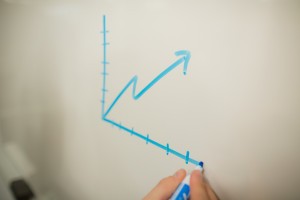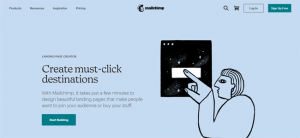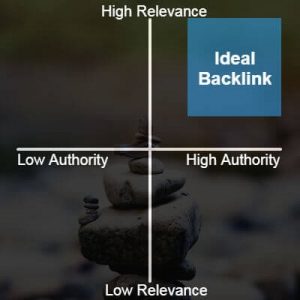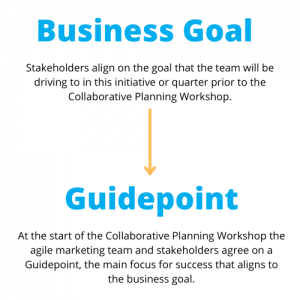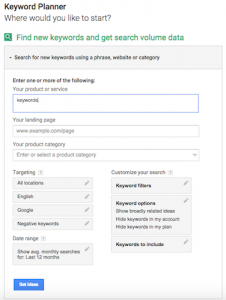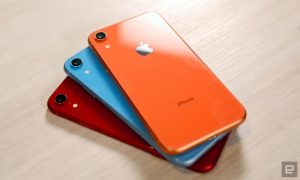I’ve been doing social media marketing for 6 years now, and during those years I’ve always dreamt of producing something that would go viral, especially getting it to trend on Twitter. I have tried and tested with numerous techniques to make this possible, but failed every time – until one day on the morning of 18th Feb 2016. Here’s how I did it…
What is a trend on Twitter?
A trend on Twitter refers to a hashtag-driven topic or a phrase that is immediately popular at a particular time. On Twitter’s iPhone and Android apps, you can find trends by simply tapping on the search icon. When signed in to twitter.com on a desktop or laptop computer, trends are listed in many places, including the Home, Notifications, search results, and profile pages.
When something trends on Twitter, it has the potential to reach to millions of people. Twitter users commonly use “hashtags” to participate in trending topics. For example, during an international sports event such as the World Cup, Twitter users will append “#worldcup” to the end of their tweets to show their tweet is related to the topic. The tweet then appears as part of the feed if people click on the “#worldcup” topic on the Trends list.
#RailRefunds
I work for a consumer rights group called Which?. We had a campaign running that wants rail passengers to get the refunds they deserve for delayed trains. The official hashtag for the campaign was #RailRefunds.

On 18th Feb, we wanted to make a big noise about our campaign and generate some awareness on social media. It was my job to make sure #RailRefunds will be trending on Twitter for that day.
Background research
I’ve learned from my past failures that it simply wouldn’t work by just tweeting a hashtag to a large group of followers and hope it will just blow up on Twitter, no matter how engaging, funny or newsworthy the tweet was. Unless you’re a celebrity or have something very unique to offer.
Which?’s Twitter account has 30K followers, so it’s going to take some hard work to make a hashtag about rail refunds to trend in the UK.
So I did some research on how Twitter’s trend algorithm works, and came to the conclusion that it must meet the following conditions:
- A topic that was not previously popular OR a topic that was popular before but become popular again with a group of new people.
- It has to have no foul language in it.
- It has to peak in popularity within the first hour at around 500 tweets.
- Total tweets AND the total number of people tweeting BOTH matter. But unless there are tweets from a lot of people—what Twitter calls “widespread popularity“—total tweets will NOT matter.
Let me explain this a bit more in detail. At any given time, there are probably thousands of people tweeting about Justin Bieber (I’m not a Belieber, so I could be wrong), it won’t trend because it’s always the same group of people tweeting about him. But if all of a sudden a large group of new people start to tweet about him, then it may trend.
Organic and promoted tweets
To give myself some time to be reactive on that day, I decided to schedule in some organic tweets for the morning. I was hoping that it would have trended by noon, so I used Hootsuite and scheduled a bunch of tweets to go out every 5 – 10 minutes from 7am to 10am.
The other objective for doing this was to provide some meaningful and engaging content for the hashtag. So it had a mixture of infographics, images of crowded trains, leaflets and even a few text based tweets.
Here comes the money talk. As well as the organic tweets, I thought it also needed a push with some paid activities. Targeting at Twitter users who’s engaged with our previous rail ads, as well as all of the followers of some popular rail operators. I set up a total of 6 promoted tweets, and this one had the best engagement:
Arghhh! Seriously, there should be a simpler way to get refunds for delayed trains. Tweet #RailRefunds if you agree. pic.twitter.com/fs3d6sz4b8
— Which? (@WhichUK) February 16, 2016
The spend was reasonably low. It certainly helped to trend, but looking back, I think it probably would have anyway, just not for as long. Anyway, I am jumping ahead a little here.
Social influencers
When influential marketing is done right, it can be very powerful. We couldn’t just approach any celebrity on Twitter, so we decided to do some findings on who’s complained about rail delays with the most followers and approached them for a little help.
They are busy people, telling them too early would be no good, they’ll forget. So I decided to schedule some more tweets for the day to go out. One in particular was to Marcus Brigstocke.
On the day
I arrived at the office just after 6:30am, the early Twitter bird catches the worm right?
As I mentioned earlier, to get something to trend on Twitter, you’d need a lot of people to use the hashtag with some heavy engagement. I started the morning off by sending an email to everyone in my office telling them to join in, I then posted a message on Which?’s Facebook page, I even announced it on my LinkedIn profile (if you tweeted the hashtag, thanks!). So basically I went all guns blazing online telling as many people as I can.
I also had some external help: an email sent out to our supporters, media coverage and a press release on rail passengers survey.
This is what @WhichUK‘s @tweeneill had to say about @Se_Railway & @TLRailUK being bottom of customer survey #SERail pic.twitter.com/0EYb9F9IQk
— BBC South East (@bbcsoutheast) February 18, 2016
As you can see, the above tweet from BBC had another hashtag in it, #SERail was trending on Twitter for a good hour. Which made my job even more difficult, hundreds of tweets were coming in with that hashtag but not #RailRefunds.
On that morning, we used Brandwatch’s super cool Vizia system to closely monitor the usage and engagement on our hashtag. It displayed the information beautifully across four screens.

At 7am, our promoted tweets and scheduled organic tweets both kicked in. Looking at the screens, the graph started to climb, but very slowly. I picked out some tweets that used our hashtag and started liking and retweeting them. The graph climbed a little faster.
An hour went by, #RailRefunds did appear in the trend box but only for a brief moment. Then at 9:24am, this happened…
As per my research, our hashtag trended after approximately 500 mentions, it trended for the next two glorious hours. #RailRefunds reached to over 250K Twitter users and had over 7 million impressions, with 1300 uses of the hashtag. Oh and, Marcus Brigstocke retweeted us.

Conclusion
So what have I learned? To make something trend on Twitter, it’s not just about producing the right content, it’s not just about putting out the right PR, it’s not just about getting a celebrity to retweet you, it’s not just about paying for a promoted tweet, and it’t not just about telling everyone to get involved. It’s a collaborative work of everything and everyone.
Trending on Twitter is now ticked off my list. Next, make a video go viral. Till next time.
Digital & Social Articles on Business 2 Community(43)


